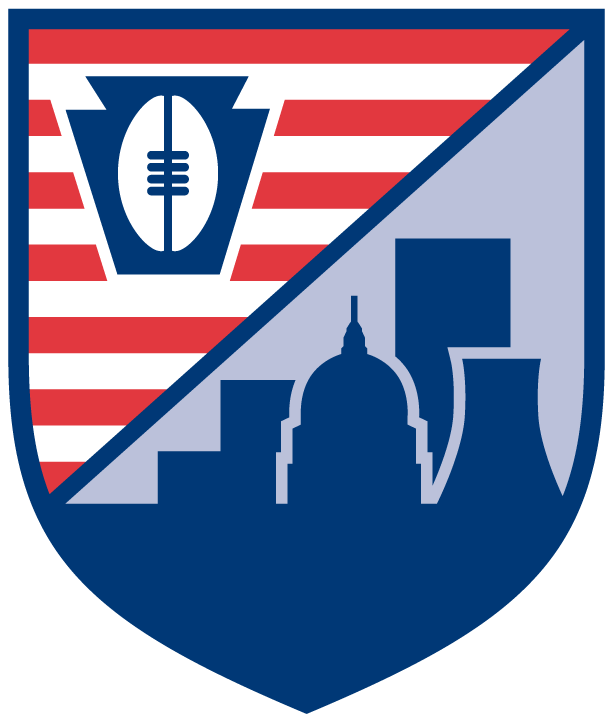MARFU Adverse Weather Policy
For MARFU sanctioned events, the tournament/event director or the senior on-site referee is empowered to suspend play during adverse or predicted unfavorable weather conditions. The tournament/event director and the senior on-site referee will jointly decide whether to resume play; either individual has the authority to cancel the proceedings.
Lightning Policy :
As we all know, thunderstorms are likely to strike within the MARFU area at any time, but more during the summer, early fall and spring months. If a storm develops and is felt to be dangerously close, you have a duty to postpone your practice, match, or event for safety reasons until the storm has passed. A safe location to wait out the storm is any fully enclosed, substantial building (e.g., locker room, classroom, office building). If a fully enclosed building is not available, a fully enclosed vehicle with a metal roof and the windows completely closed is a reasonable substitute. Do not touch any part of the metal framework while inside the vehicle. Once it is felt that the storm has safely passed, the local event coordinator will inform everyone that that the teams can return to practice/event activities.
Here, again, are a few facts that we would like everyone to understand:
1. The “flash to bang” count of 30 seconds is what we will be using to make a decision to discontinue activity. The NCAA uses this as a guideline for discontinuation of play. If any participant has seen a lightning flash and the ensuing thunderclap can be heard at a count of 30 seconds or less, a storm is dangerously close.
2. Essentially, a 30 second flash-to-bang means that the storm is 6 miles away {the distance is determined by dividing 5 into the number of seconds, in this case 30). It neither has to be raining nor extremely cloudy for a lightning strike to occur in the area where you are standing.
3. Even though a storm center passes miles to the right or left of where you are located, it does not mean that you and those with you are not in potential danger. Lightning has and does strike when a storm is seemingly not a threat. Lightning has been observed striking 10 miles from the storm center.
4. Any practice/match/event that is delayed due to a thunderstorm may resume 30 minutes after the last clap of thunder is heard. This is considered to be a safe period of time for any storm to clear the area and no longer be a threat. The storm is equally threatening on the back end as it is on the front end or sides.
Thank you for your cooperation in making our practices, matches, and events a safe place for all of our participants.
Lightning Safety for Organized Outdoor Athletic Events
Practice and training increase recreation performance. Similarly, preparedness can reduce the risk of the lightning hazard. Lightning is the most frequent weather hazard impacting athletics events. Baseball, football, lacrosse, skiing, swimming, soccer, tennis, track and field events…all these and other outdoor sports have been visited by lightning.
Education is the single most important means to achieve lightning safety. A lightning safety program should be implemented at every facility. The following steps are suggested:
1. A responsible person should be designated to monitor weather conditions. Local weather forecasts – from The Weather Channel, NOAA Weather Radio, or local TV stations – should be observed 24 hours prior to athletic events. An inexpensive portable weather radio is recommended for obtaining timely storm data.
2. Suspension and resumption of athletic activities should be planned in advance. Understanding of SAFE shelters is essential. SAFE evacuation sites include:
• Fully enclosed metal vehicles with windows up.
• Substantial buildings.
• The low ground. Seek cover in clumps of bushes.
3. UNSAFE SHELTER AREAS include all outdoor metal objects like flag poles, fences and gates, high mast light poles, metal bleachers, golf cars, machinery, etc. AVOID trees. AVOID water. AVOID open fields. AVOID the high ground.
4. Lightning’s distance from you is easy to calculate: if you hear thunder, it and the associated lightning are within auditory range…about 6-8 miles away. The distance from Strike A to Strike B also can be 6-8 miles. Ask yourself why you should NOT go to shelter immediately. Of course, different distances to shelter will determine different times to suspend activities. A good lightning safety motto is: “If you can see it (lightning) flee it; if you can hear it (thunder), clear it.”
5. If you feel your hair standing on end, and/or hear “crackling noises” – you are in lightning’s electric field. If caught outside during close-in lightning, immediately remove metal objects (including baseball cap), place your feet together, duck your head, and crouch down low in baseball catcher’s stance with hands on knees.
6. Wait a minimum of 30 minutes from the last observed lightning or thunder before resuming activities.
7. People who have been struck by lightning do not carry an electrical charge and are safe to handle. Apply first aid immediately if you are qualified to do so. Get emergency help promptly.



